
Mark Phelps
Mission: a vacation flight to visit relatives halfway across the country. You've updated your navigator's database; checked weather for winds aloft; carefully planned your fuel stops; double-checked that the FBOs are open; completed a detailed weight-and-balance calculation; etc. 'Twas the night before flying, and you're nestled snug in your bed knowing you have all the bases covered for tomorrow.
But how about three, six or 11 days later when you'll be retracing your steps on the return flight? Are you sure you can be just as confident when you go to bed the night before that departure? Whether you're flying a VFR trainer or a turbine twin, flying home with ease is going to take some additional planning.
You do have three big advantages on your trip home that might make you complacent. You've just flown the route; the destination airport is home base; and you'll be flush with some recent practical experience to update your dormant skills and confidence. But consider the differences between the trip out and the trip back. First, you'll be away from home and outside your normal comfort zone for flight planning. For example, if you're using a borrowed computer, you might not have everything aligned just the way you're used to seeing it. I'd consider bringing my laptop along — but kept in its case unless I was using it for my preflight information gathering.
You'll be caught up in the dynamics of visiting. Your normal daily routine is out the window, and some pilots find that throws off their concentration — the times when they think of the little things that aren't necessarily written down. And the airplane is parked at a strange place — so you'll need to be sure it's fueled just the way you want (they probably know back home) and everything else is as you expect it to be. There's nothing worse than arriving at the airport for an early departure to beat incoming weather, only to discover you've been buried deep in a gang hangar and the guy who drives the tug doesn't come in until noon that day.
And even though you might be following your GPS breadcrumbs back home, chances are the opposite winds are going to have an effect on your range — for better or worse. So you might be looking at a new fuel stop or two. And even if not, your return trip could be on a weekend, with different hours of operation.
None of these are particularly challenging hurdles to overcome. And you can probably think of a few more, yourself. If you're not careful, they can build up and cause you to cut corners in your flight preparation. And the little things you don't do before a flight can sometimes add up and come back to bite you.
Call to action: If you have any tips of your own you'd like to share, or have any questions about flying technique you'd like answered, send me a note at enewsletter@flyingmagazine.com. We'd love to hear from you.

Sign-up for newsletters & special offers!
Get the latest FLYING stories & special offers delivered directly to your inbox

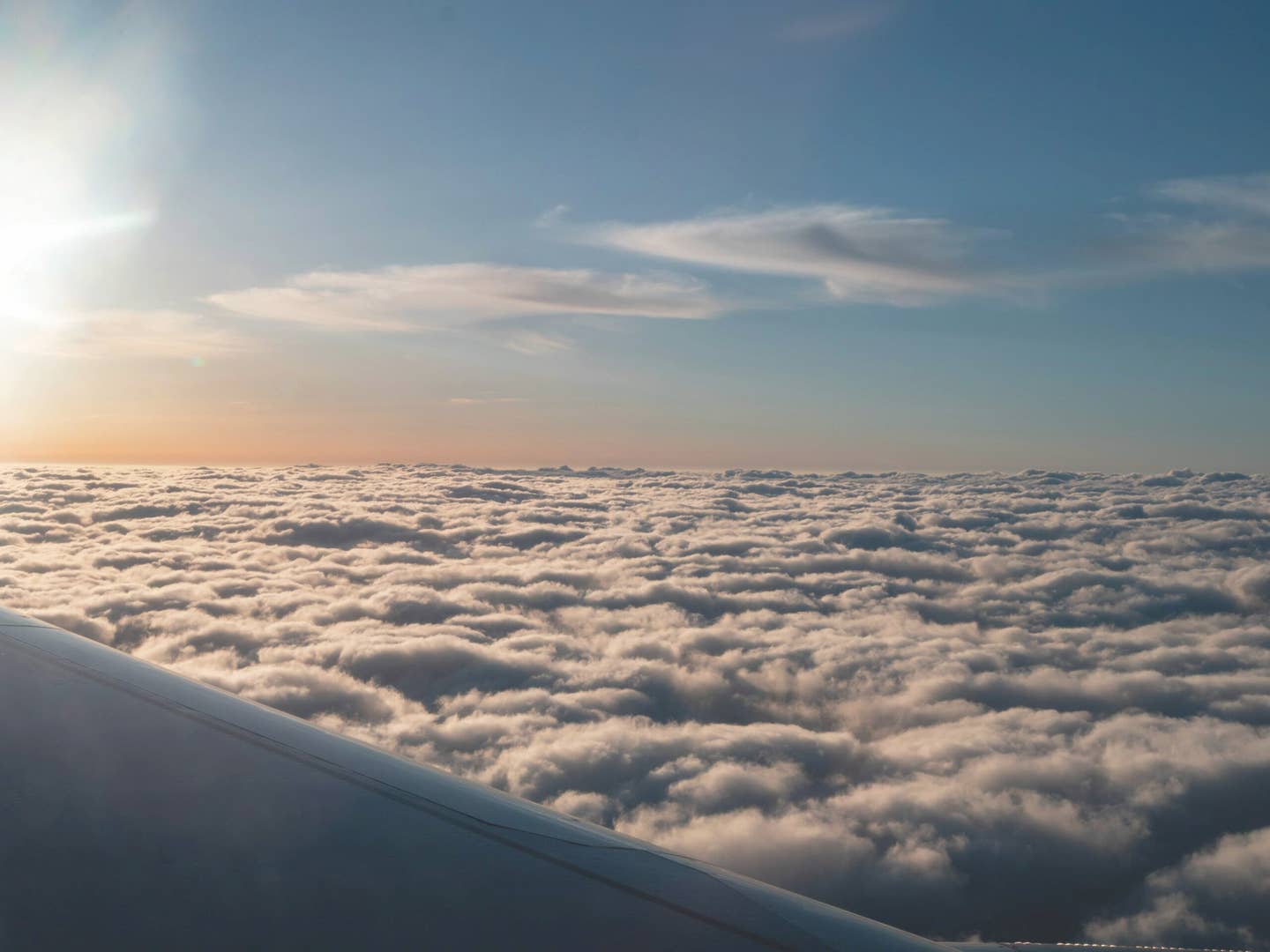
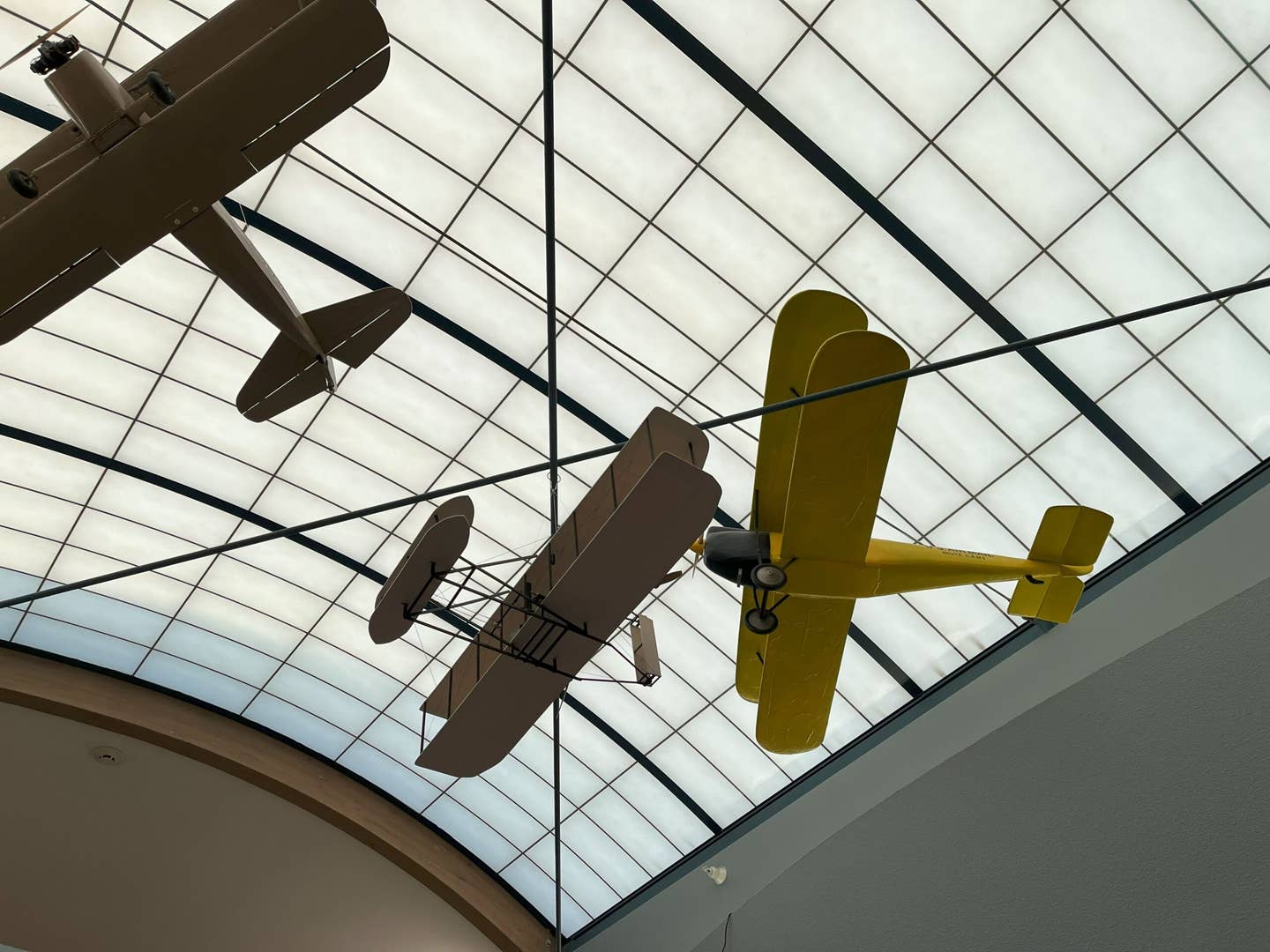
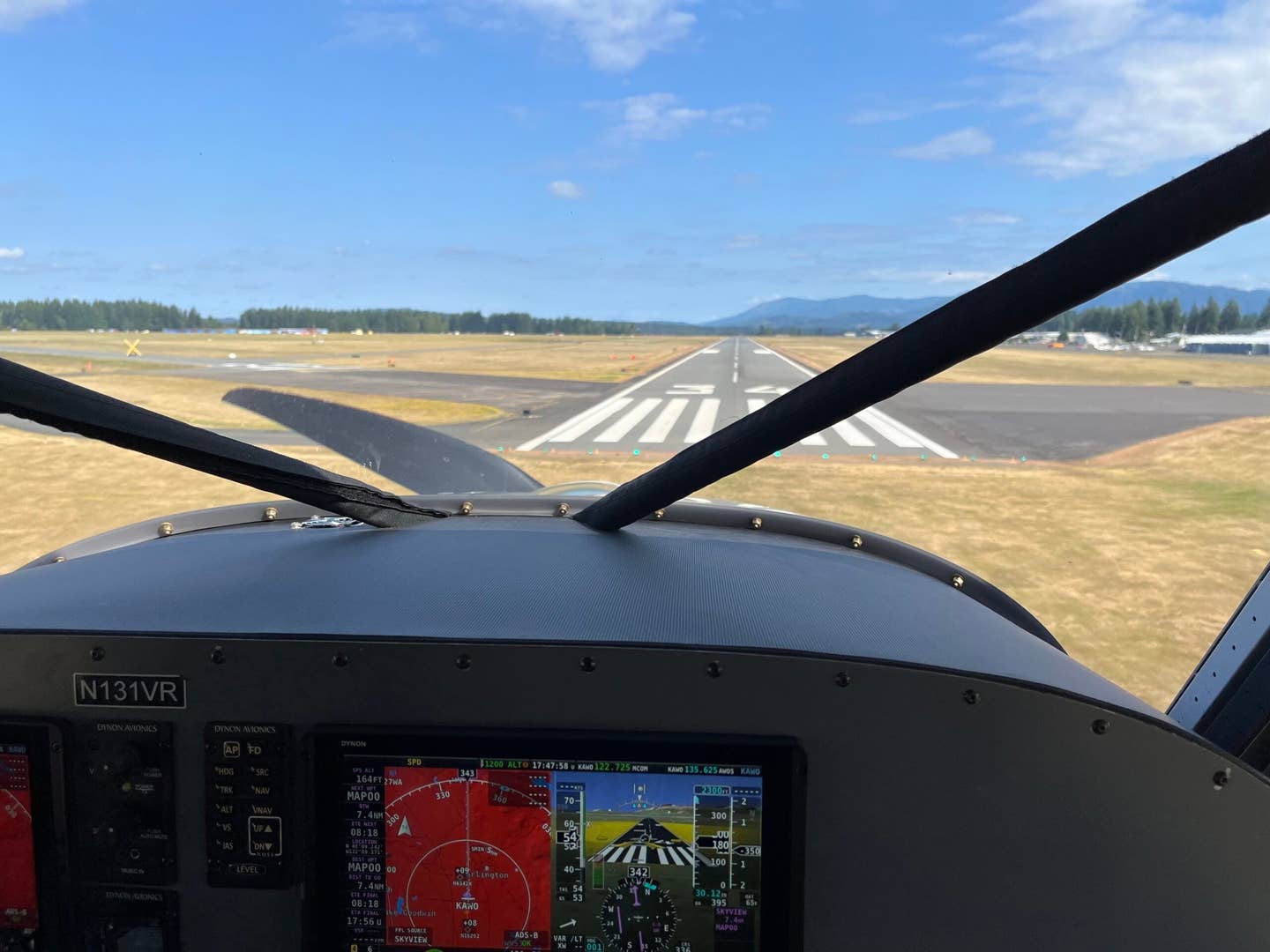
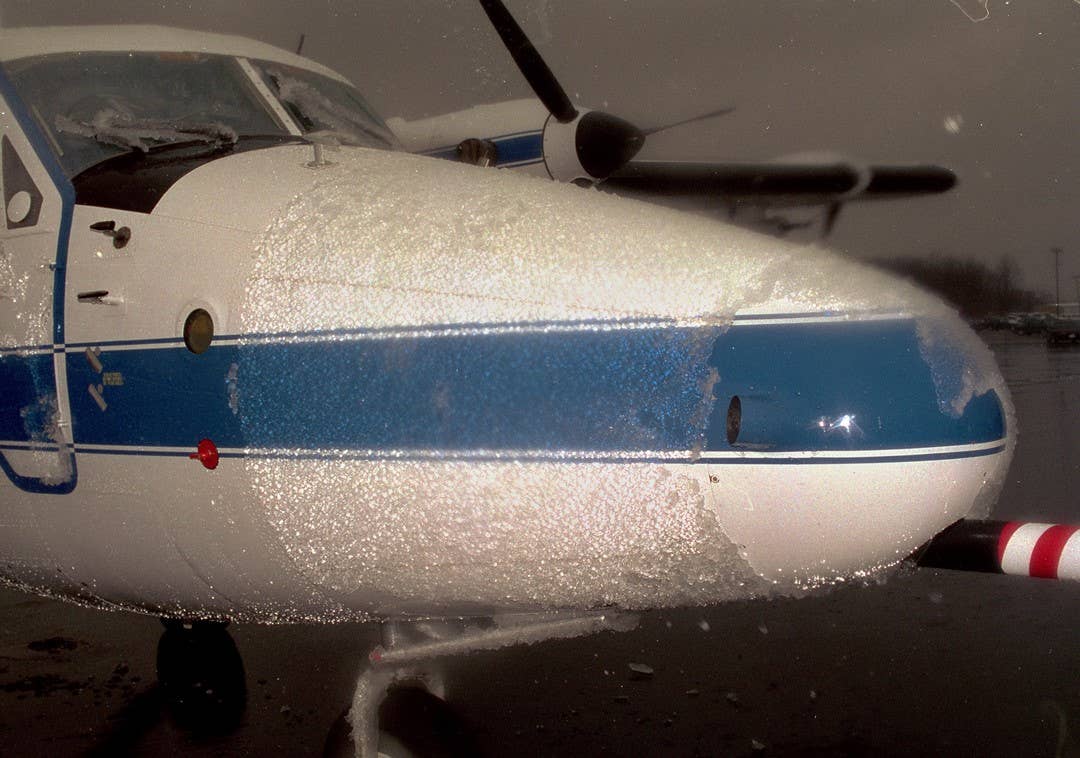
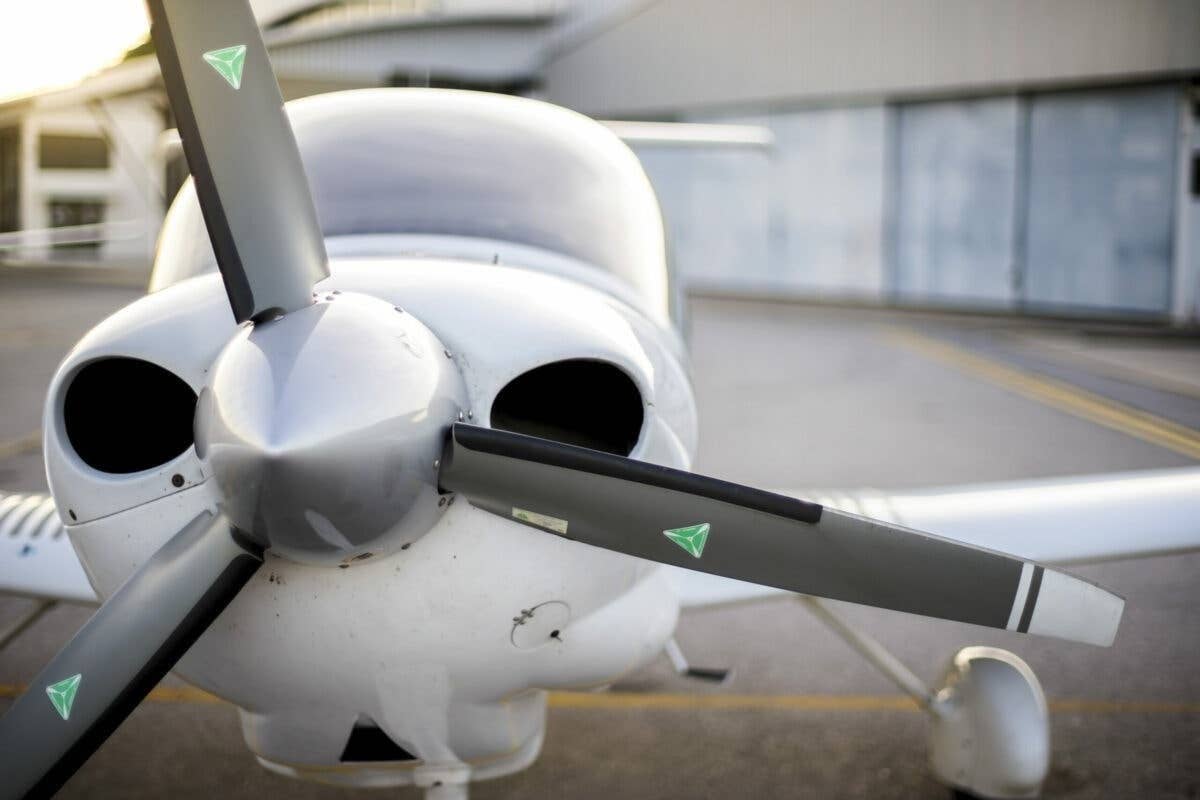
![[PILOT AND SNELLEN CHART PIC]](https://www.flyingmag.com/uploads/2022/11/2022-FlyingMag.com-Native-Advertising-Main-Image--scaled.jpeg?auto=webp&auto=webp&optimize=high&quality=70&width=1440)